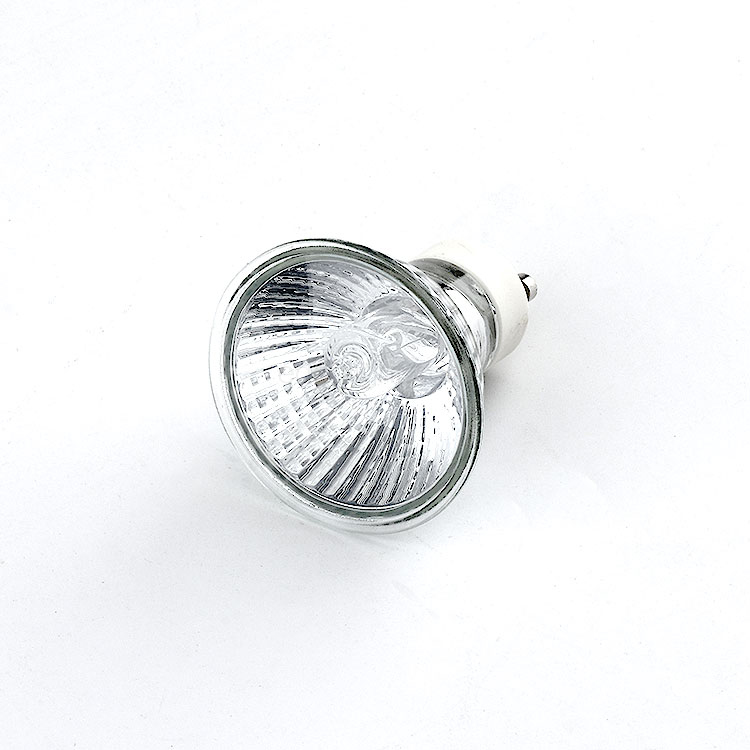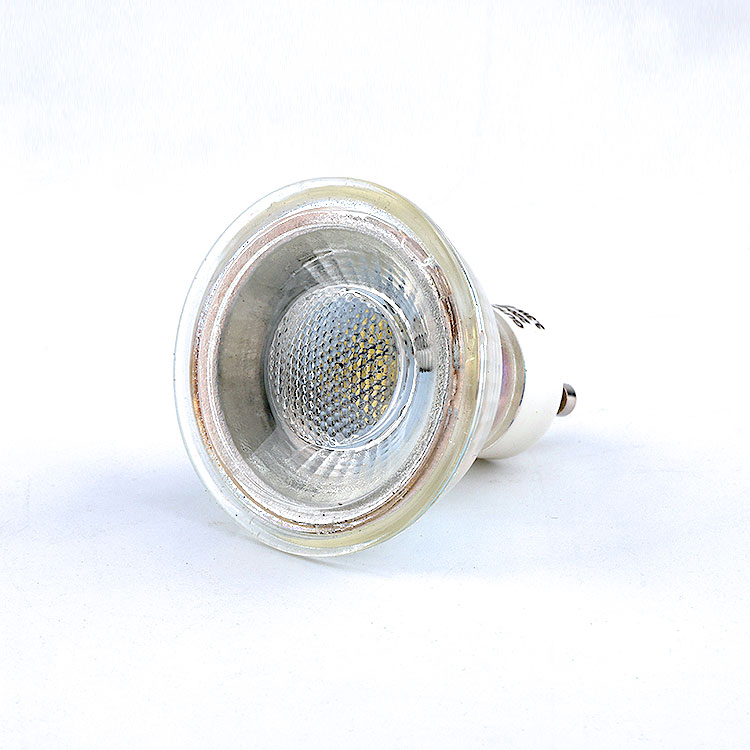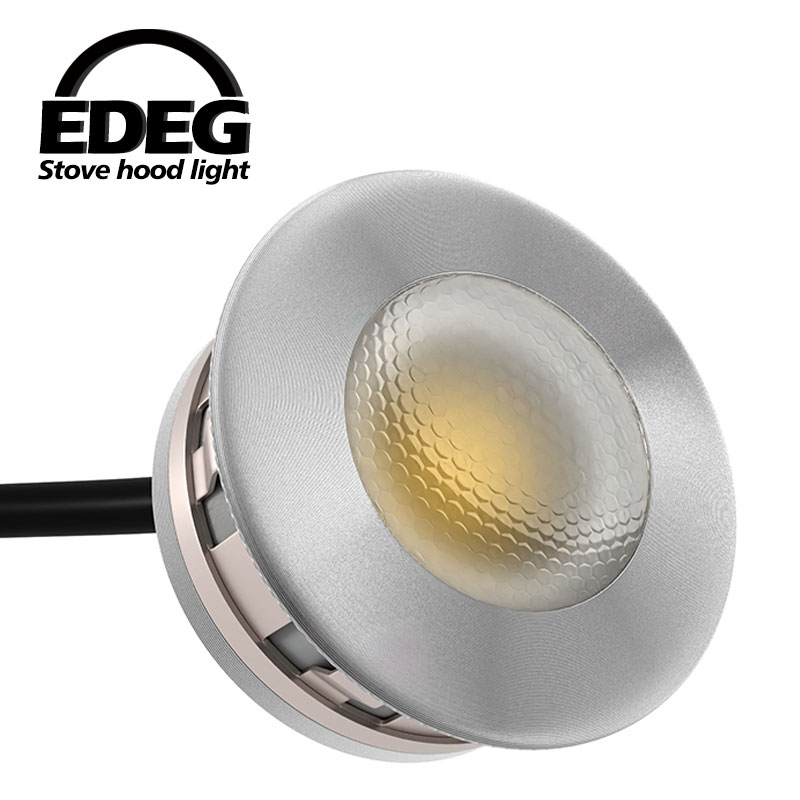In the realm of illuminating spaces efficiently, GU10 LED lightbulbs have emerged as trustworthy companions, offering a perfect blend of performance and energy efficiency. As we navigate through the vast array of options available, it becomes crucial to understand the key factors that contribute to choosing the best GU10 LED lightbulbs for your specific needs.
Understanding GU10 LED Lightbulbs
Explanation of GU10 Base
The foundation of a GU10 LED lightbulb lies in its unique base design. The 'GU' in GU10 stands for 'twist and lock,' indicating a bayonet mount with two pins that twist into place. This design not only ensures a secure fit but also simplifies the installation process, making it a popular choice for various fixtures.
Advantages of LED Technology
Choosing LED technology brings forth a myriad of benefits. LED lightbulbs are known for their energy efficiency, consuming significantly less power than traditional incandescent bulbs. Moreover, they boast an impressive lifespan, reducing the frequency of replacements and contributing to long-term cost savings.
Energy Efficiency and Cost Savings
The energy efficiency of GU10 LED lightbulbs is quantified in lumens per watt. Higher lumens per watt indicate a more energy-efficient bulb. Considering the long lifespan of LEDs, the initial investment proves to be a wise financial decision, with reduced energy consumption and lower maintenance costs over time.
Range hood accessories GU10 light
Key Features to Consider
Brightness and Lumens
Determining the appropriate brightness for your space is crucial. Lumens measure the amount of visible light emitted by a bulb. Different settings demand varying levels of brightness, so selecting a bulb with the right lumen output ensures optimal illumination without overloading or underwhelming the space.
Color Temperature
The color temperature of a lightbulb impacts the ambiance of a room. Measured in Kelvins (K), lower temperatures emit warm, cozy hues suitable for living spaces, while higher temperatures produce cool, invigorating light ideal for task-oriented areas. Choosing the right color temperature enhances both functionality and aesthetics.
Beam Angle
The beam angle influences the spread of light. Narrow beam angles concentrate light in specific areas, making them suitable for accent lighting. On the other hand, wider angles offer more extensive coverage, making them apt for general illumination. Understanding the intended use helps in selecting the appropriate beam angle.
Dimmability
For those seeking flexibility in lighting, dimmable GU10 LED lightbulbs provide customizable illumination levels. However, not all LED bulbs are compatible with dimmer switches. Checking for dimmability ensures you can create the desired ambiance without any flickering or performance issues.
Lifespan and Durability
The longevity of GU10 LED lightbulbs is a testament to their durability. With an average lifespan ranging from 25,000 to 50,000 hours, these bulbs outshine their incandescent counterparts. Considering the investment, opting for bulbs with extended lifespans ensures long-term reliability and minimizes replacements.
Compatibility and Fit
Fixture Compatibility
GU10 LED lightbulbs are versatile, but understanding their compatibility with your fixtures is crucial. Some fixtures might have restrictions or specific requirements, and choosing bulbs that align with these specifications ensures a seamless fit and optimal performance.
Size and Form Factor
GU10 LED bulbs come in various shapes and sizes. Ensuring the selected bulb fits within the fixture without protruding is essential for both aesthetics and functionality. Carefully checking the size and form factor guarantees a harmonious integration into the chosen lighting setup.
Voltage Requirements
Checking the voltage requirements of your fixtures is imperative. While GU10 bulbs typically operate on 120 volts, there are variations. Verifying the voltage compatibility prevents potential issues and ensures the longevity of both the bulb and the fixture.
Making an Informed Purchase
Brand Reputation and Reviews: Before making a purchase, exploring the reputation of different brands and reading customer reviews provides valuable insights. Established brands with positive reviews often indicate reliable products, offering a level of assurance in the quality of the GU10 LED lightbulbs.
Cost vs. Quality Analysis: While cost is a significant factor, it's essential to strike a balance between affordability and quality. Cheaper options may seem attractive initially, but investing in higher-quality bulbs ensures better performance, longevity, and, ultimately, a more cost-effective solution in the long run.
Warranty and Customer Support: Checking the warranty offered by the manufacturer provides added security. A longer warranty period reflects the manufacturer's confidence in their product. Additionally, assessing the availability and responsiveness of customer support ensures assistance in case of any issues or queries.
Environmental Impact: Lastly, considering the environmental impact is a responsible choice. Opting for GU10 LED lightbulbs with minimal environmental footprint, such as those with recyclable materials and energy-efficient features, aligns with sustainability goals and contributes to a greener future.
Conclusion
Navigating the realm of GU10 LED lightbulbs requires a thoughtful approach. By understanding the unique features, considering compatibility, and making informed choices, you can illuminate your spaces with efficiency, longevity, and a touch of brilliance. If you want further information about top-quality GU10 LED Lightbulbs, please feel free to contact us at edeglight@gmail.com.
.png)







